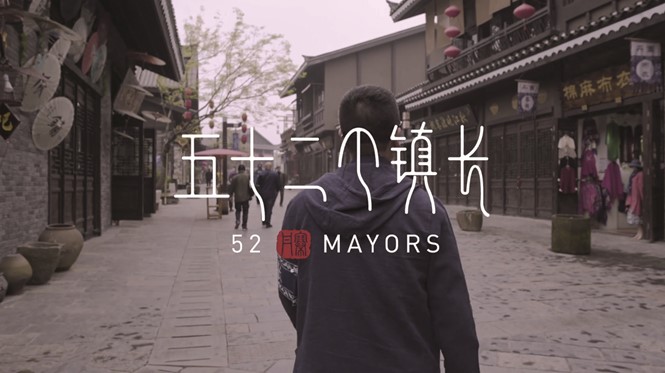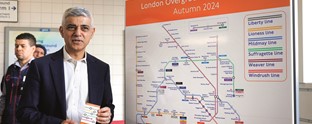Place branding: Danzhai, China

Danzhai, China was once one of the most poverty-stricken regions in the country. Now, with a place brand and tourism push spearheaded by the Wanda Group and Ogilvy China, the area is a poster child for the power of internal tourism and creative approaches to poverty eradication
Much like Europe’s Capital of Culture programme, recognising cities that are developing a stronger arts and culture bid, China’s Danzhai is undergoing something of a supported renaissance. Wanda Group, a developer which owns, among other things, AMC Theatres, sought to change Danzhai’s fortunes as one of the 50 most-impoverished areas in China.
“But,” says Autumn Guo, managing partner of Beijing, Ogilvy, which worked with the Wanda Group on the project, “Creating a tourist hotspot from scratch was a challenge. We needed to find a way to show this unknown town to China and the world, bringing in visitors and much-needed tourist spending.”
An ethnically diverse area in the Guizhou province, Danzhai’s previously most well-known characteristics were its terraced rice paddies. To change perceptions and turn the region into a more tourism-friendly area, Wanda and Ogilvy created the Wanda Danzhai Village. The village is crafted in the style of the Miao, an ethnic group from southern China, and includes a vocational and technical college, handicrafts market and performance space, as well as 30 items that have Unesco classification. In support of this, Wanda and Ogilvy developed a programme in which prominent influencers from across China were invited to be mayor of Danzhai for one week. The ’52 Mayors’ campaign helped build Danzhai’s reputation within China.
Guo says, “In China, one of the most tried-and-true advertising techniques is to use celebrity spokespersons. But the impact of mass celebrities is increasingly fading as they have become over-exposed. The influence that [key opinion leaders], however, who have built their following around specific communities of interest, remains strong. We wanted Danzhai to not only appeal to a wide audience, but to be a place that resonated with the core interests of a range of audiences.”
The promotion of the programme was successful as Ogilvy and the Wanda Group fielded 18,000 applications for their 52 mayoral slots. The campaign increased tourism by 400%. That means an additional 4.5m people visited Danzhai from the campaign’s launch in July 2017 to April 2018. That surge helped bring $331m in new capital to the region, helping 10,800 citizens – about 10% of the populace – out of poverty.
The programme was a huge success for Danzhai, but it is only part of a wider push by the Chinese government to deploy internal tourism as a means of eliminating poverty. Chinese president Xi Jinping has vowed to eradicate rural poverty in China by 2020. The idea is in line with previous communist goals to help improve the lives of the poor across the nation, however it’s a daunting task for a country with 43m official poor and a population shift toward urban hubs.
One of the key means of working toward this goal has been the use of tourism and redevelopment schemes such as Danzhai’s. “The country’s National Tourism Administration has set the goal of lifting 12m people out of poverty through tourism development from 2016 to 2020,” Guo says. “For us, cataloguing and preserving Danzhai’s cultural heritage would be paramount, as would ensuring that the development of the area had a real, measurable impact on improving the lives of Danzhai’s villagers.”
There is a ways to go before China can claim to have eliminated rural poverty in its entirety, but programmes like this that can harness the country’s phenomenal wealth, its sense of history and its vast middle class’ desire for travel, are doing their part to help achieve
that goal.
Additional reporting by Amy Sandys












